The traditional crash test dummy, with its military physique, could soon be joined by a new generation designed to reflect the rise in the numbers of elderly and obese drivers — and with ‘organs’ that behave like real ones.
Humanetics, a US-based manufacturer and developer of crash test dummies, has revealed two models based on a borderline-obese 70-year-old female with a BMI of 29 and an obese 6ft 2in middle-aged male adult with a BMI of 35.

They were created with the help of Prof Stewart Wang, a trauma surgeon and director of the International Centre for Automotive Medicine at the University of Michigan. Wang said these two fast-growing groups of drivers are not served by existing crash test dummies.
“Today’s dummies represent the average but car makers have been using them for 50 years,” he said. “Give engineers that long to pass a test and they get better at protecting that fit physique. However, they’re ignoring a very significant and more normal part of the population.”
Research carried out by the University of California in 2013 supports Wang’s claims. It found that obese drivers are up to 78% more likely to die in a car crash than drivers of average weight.
“The obese suffer more lower extremity injuries than average drivers but fewer abdominal,” said Wang. “With the elderly, the area of concern is not the lower extremities but the chest.”
Wang said the design of the standard crash test dummy means the lap belt lies across an occupant’s bony hips, while the diagonal belt applies force to the chest. However, with obese people, the lap belt sits above the abdomen, allowing them to ‘submarine’ under it and into the dashboard. With elderly people, the pressure exerted by the diagonal belt can cause serious chest injuries.
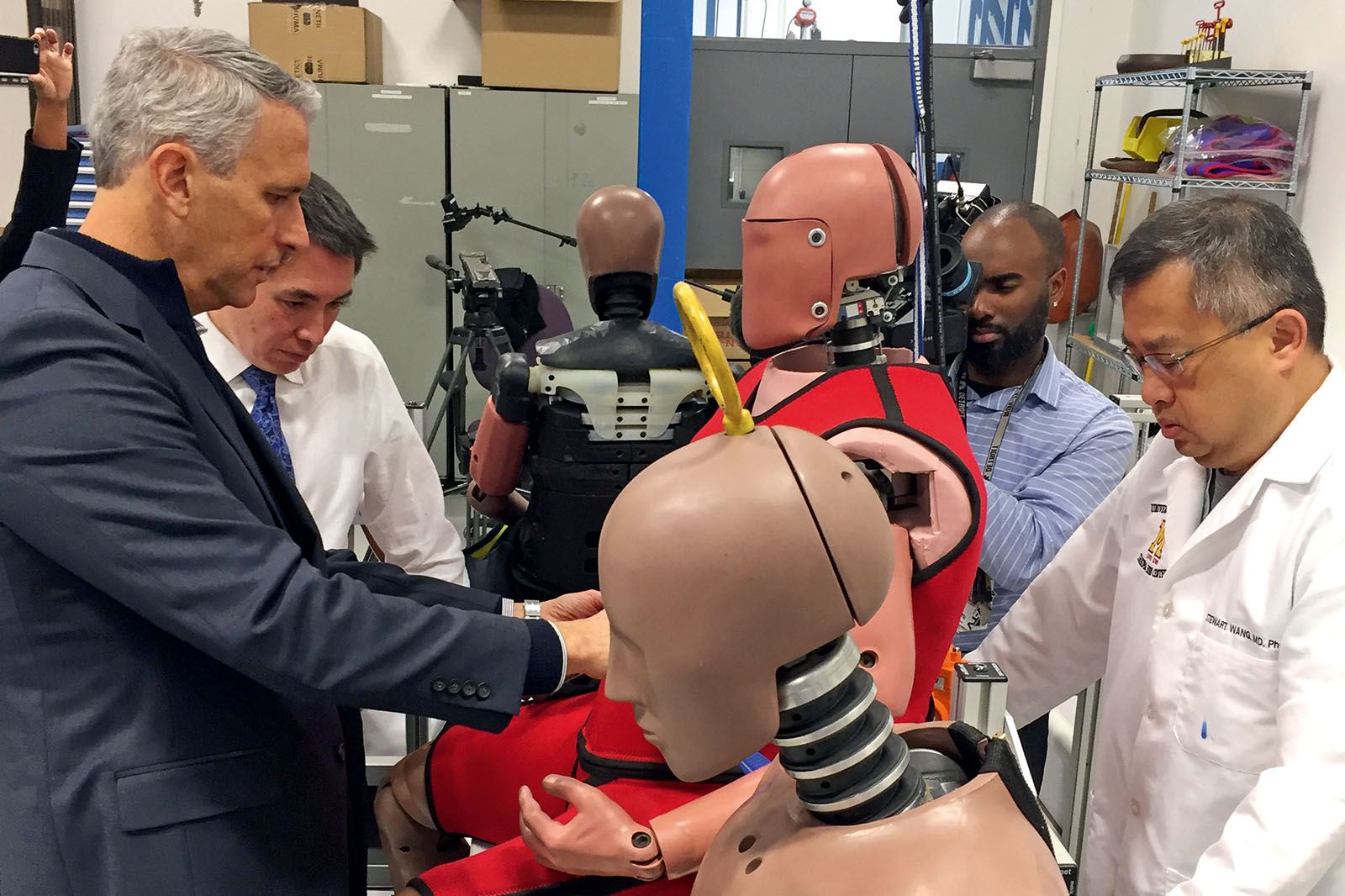
The new crash test dummies are based on thousands of CT scans that Wang and his team made of accident victims. The resulting 3D images were measured in a process called analytic morphomics, a method for expressing different physiological states in numbers and measurements.
Wang said Humanetics’ engineers now have a clearer mathematical understanding of the human body, enabling them to make the new dummies more accurate. The data is also being used to install artificial organs that will behave like real ones in a crash.
Both dummies are still at the prototype stage but Jim Davis, vice president of engineering at Humanetics, is keen to make them a reality. “It takes a village to raise a dummy, so we’re working not only with ICAM but with major OEMs on their development,” he said.
Dummies in line for more realistic ribs and even organs
With the data from thousands of CT scans taken of car crash victims, engineers at Humanetics are using 3D printing to produce body parts and vital organs that will behave like the real things in a car crash.
“We use 3D printing to create body parts such as a rib,” said Jim Davis of Humanetics. “Previously, we had to design something that would deflect and move like a rib but not break like one. We’d make a metal rib with some dampening material glued to it, but after a certain number of crashes, the bonding would change. With 3D printing and new materials, we can tune a rib to the precise performance we want.”
Working with Michigan and Ohio state universities, his team are also studying how, depending on where it breaks, a rib might pierce an organ. In addition, they’re investigating what trauma organs suffer under rapid deceleration.
“There will always be physical testing but the science is advancing fast so that one day you could replace physical with virtual testing,” said Davis.
John Evans

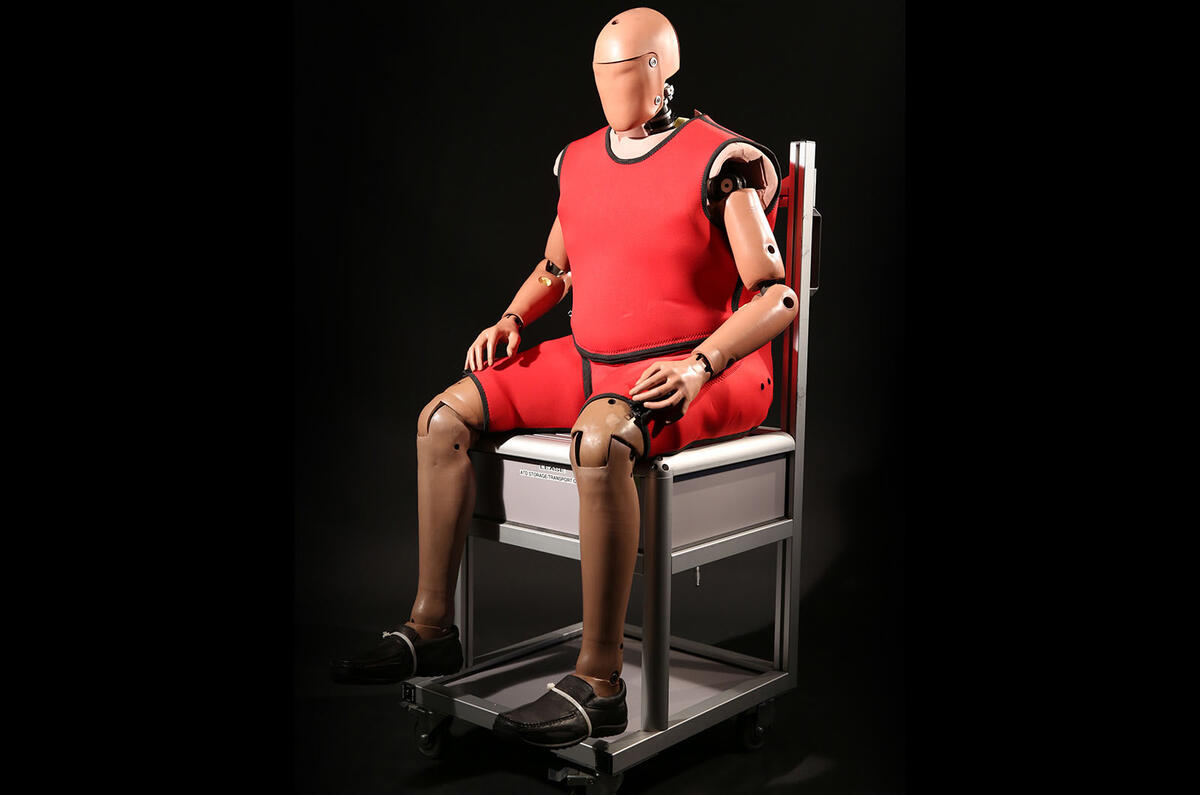

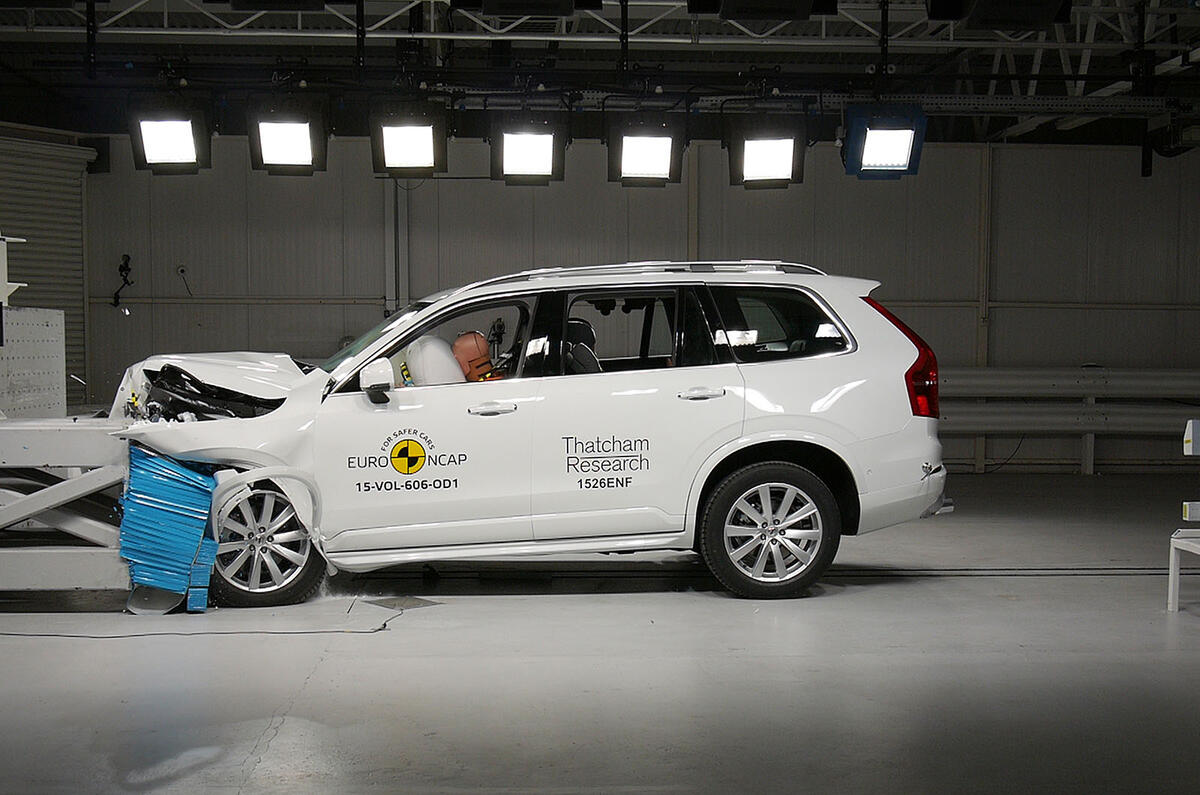


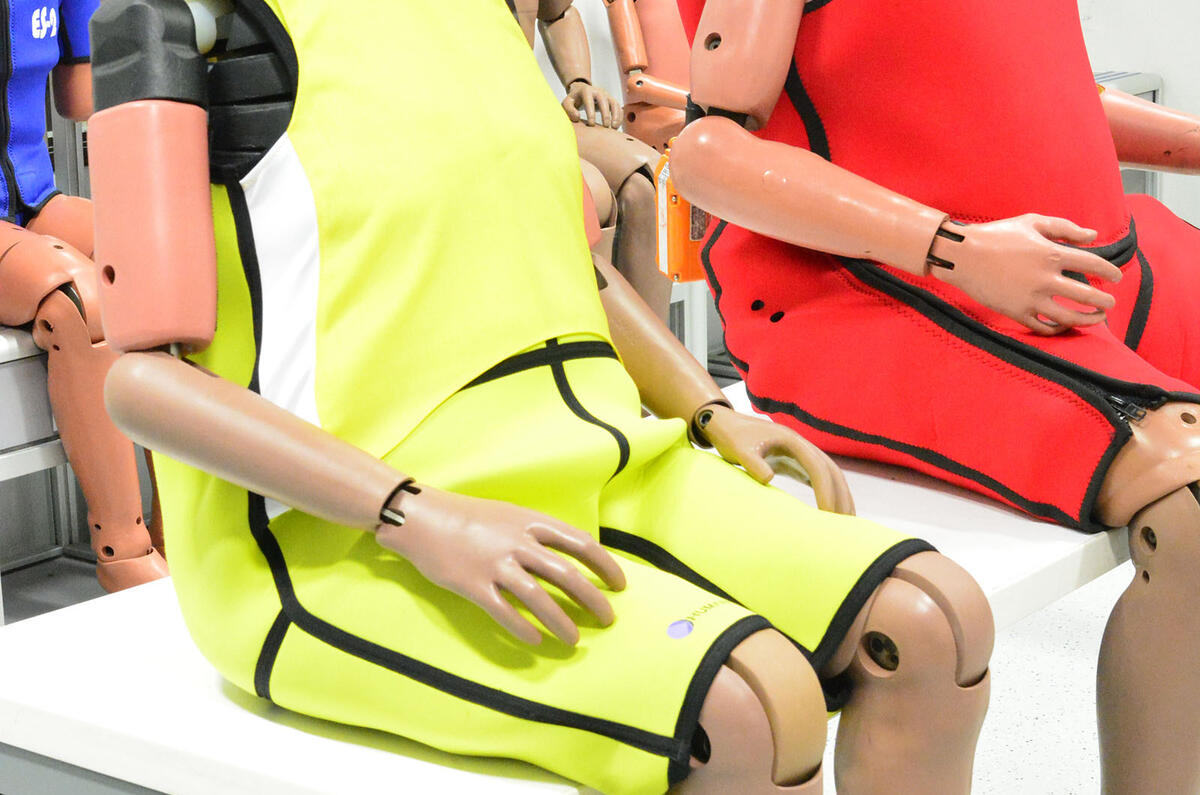
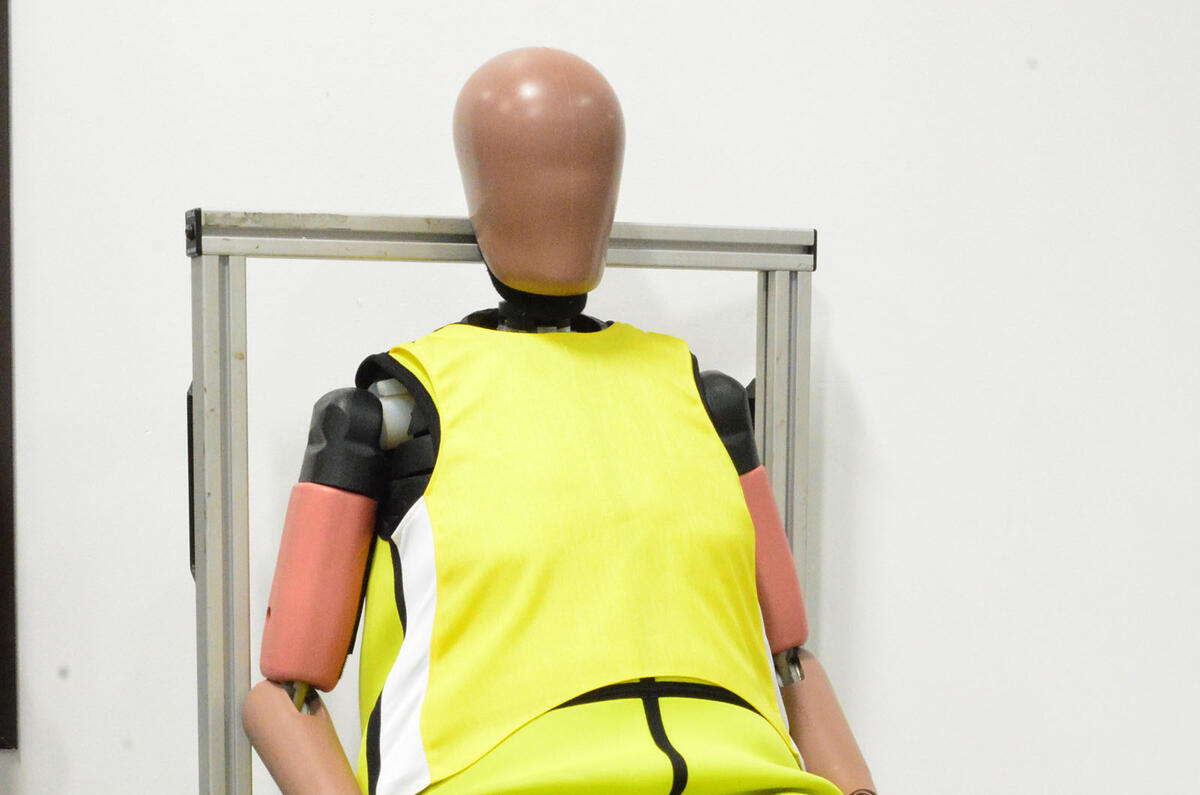
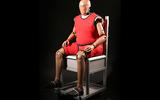
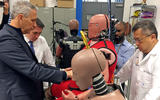

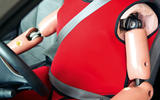
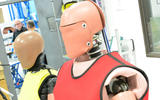
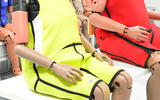



Join the debate
Add your comment
Chubby dummies
Good news that Skoda's will
Built for comfort not speed